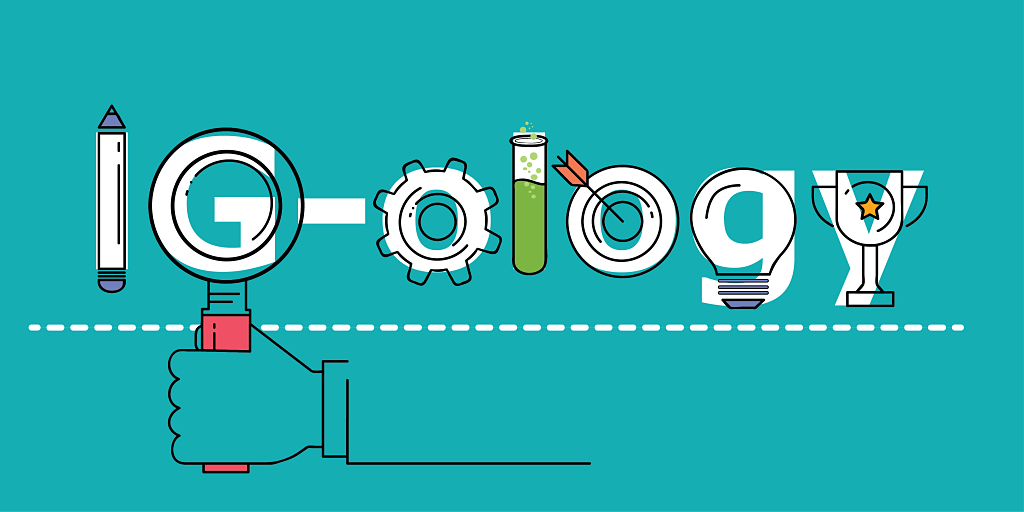
Hello! We are Kylie Nicholas and Colleen Casey, IG consultants and what we like to call “reflective practitioners” in accessibility standards. Accessibility is an important topic in our work that carries countless considerations, and we are constantly learning.
While certain aspects like web accessibility have laws that even Beyoncé must follow, ensuring access for all is also simply the right thing to do! Accessibility is not just about providing everyone a seat at the table; it is ensuring that table is constructed in a way that meets everyone’s needs and removes barriers to participation. That way, every person can choose whether to participate, rather than being forced out.
When people hear the word “accessible,” they often think about it in terms of physical access, such as a building being wheelchair accessible. But accessibility is much broader than that and can apply to learning preferences, language and cultural norms, and our ability to read and view things electronically.
In evaluation, we often work with populations who have historically experienced barriers to access. And oftentimes we are asking them to share their time and personal information. If we do this in a way that is inaccessible, we are simply adding to those inequities. We have learned to mitigate these issues by including people from marginalized populations to help inform our design and carry out data collection tasks in ways that are accessible to the affected communities. We also place a high importance on sharing results back in accessible formats.
The first step that we made toward nurturing accessibility in our work was with intention – making a commitment to ensuring everything we do is inclusive for all. We continue to take time to learn more about things that can prevent access and how we can eliminate those barriers. As our knowledge has increased, we have begun to be more aware of how accessibility shows up (or does not show up) in our day to day lives.
There are many resources available to help us learn about increasing access, including the hyperlinks in this paragraph. One place to begin is by learning about Section 508 Compliance for ensuring electronic and information technology are accessible, such as documents, PDFs, and websites. Some examples of being 508 compliant include using heading styles in Microsoft Word documents, adding alternative text on images, providing closed captioning in videos, writing in plain language, and double-checking color contrasts (you can even check your full website's color contrast here). And that’s just a start. For example, this article could be more accessible if it came in multiple formats (video, audio, etc.) and languages.
While we do not consider ourselves experts on this topic, we are committed to learning more about accessibility and championing it through our work. We hope this inspires you to do the same!
